Biography
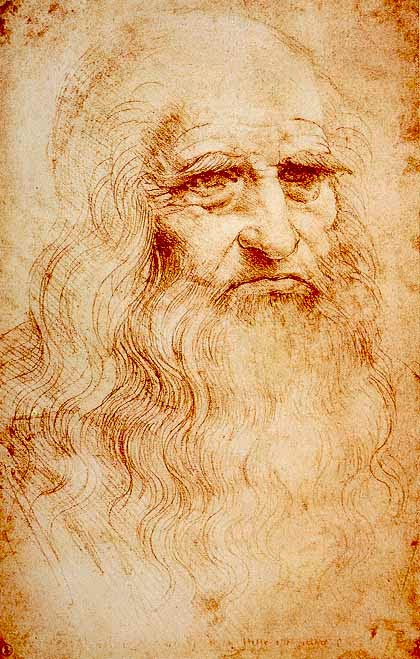
Leonardo da Vinci, self portrait, red chalk on paper, 1512-1515, Royal Library, Windsor
Leonardo di ser Piero da Vinci ( 15 April 1452 – 2 May 1519 ) was an Italian polymath, painter, sculptor, architect, musician, mathematician, engineer, inventor, anatomist, geologist, cartographer, botanist, and writer. He is widely considered to be one of the greatest painters of all time and perhaps the most diversely talented person ever to have lived. His genius, perhaps more than that of any other figure, epitomized the Renaissance humanist ideal. Leonardo has often been described as the archetype of the Renaissance Man, a man of "unquenchable curiosity" and "feverishly inventive imagination". According to art historian Helen Gardner, the scope and depth of his interests were without precedent and "his mind and personality seem to us superhuman, the man himself mysterious and remote". Marco Rosci states that while there is much speculation about Leonardo, his vision of the world is essentially logical rather than mysterious, and that the empirical methods he employed were unusual for his time.
Born out of wedlock to a notary, Piero da Vinci, and a peasant woman, Caterina, in Vinci in the region of Florence, Leonardo was educated in the studio of the renowned Florentine painter Verrocchio. Much of his earlier working life was spent in the service of Ludovico il Moro in Milan. He later worked in Rome, Bologna and Venice, and he spent his last years in France at the home awarded him by Francis I.
Leonardo was, and is, renowned primarily as a painter. Among his works, the Mona Lisa is the most famous and most parodied portrait and The Last Supper the most reproduced religious painting of all time, with their fame approached only by Michelangelo's The Creation of Adam. Leonardo's drawing of the Vitruvian Man is also regarded as a cultural icon, being reproduced on items as varied as the euro coin, textbooks, and T-shirts. Perhaps fifteen of his paintings have survived, the small number because of his constant, and frequently disastrous, experimentation with new techniques, and his chronic procrastination. Nevertheless, these few works, together with his notebooks, which contain drawings, scientific diagrams, and his thoughts on the nature of painting, compose a contribution to later generations of artists rivalled only by that of his contemporary, Michelangelo.
Leonardo is revered for his technological ingenuity. He conceptualised flying machines, an armoured vehicle, concentrated solar power, an adding machine, and the double hull, also outlining a rudimentary theory of plate tectonics. Relatively few of his designs were constructed or were even feasible during his lifetime, ut some of his smaller inventions, such as an automated bobbin winder and a machine for testing the tensile strength of wire, entered the world of manufacturing unheralded. He made substantial discoveries in anatomy, civil engineering, optics, and hydrodynamics, but he did not publish his findings and they had no direct influence on later science.
>> Complete Biography of Leonardo da Vinci
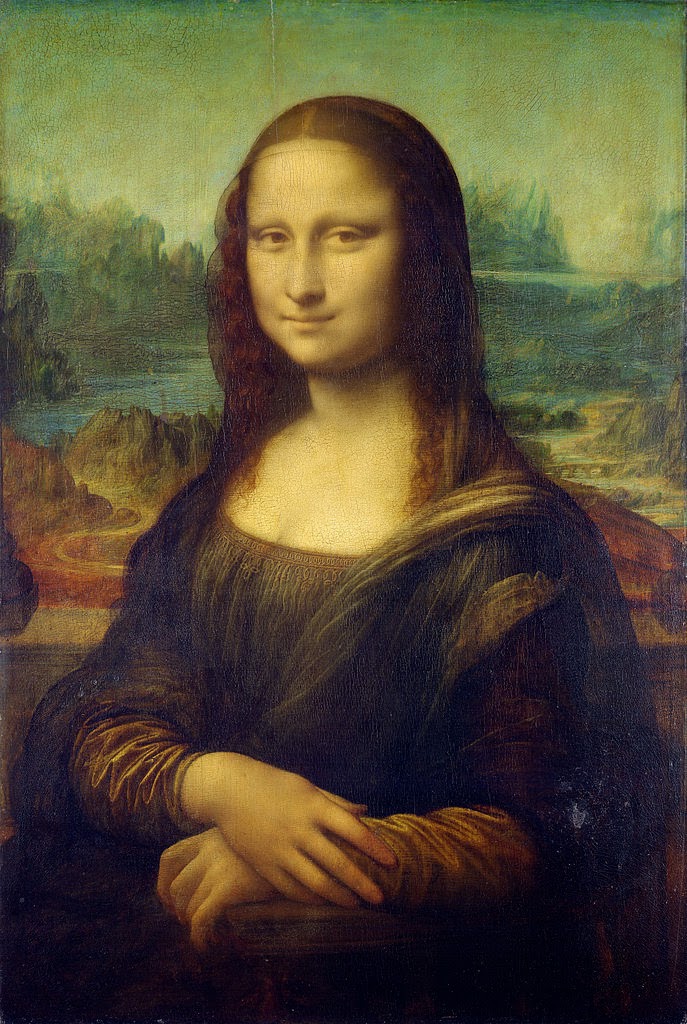
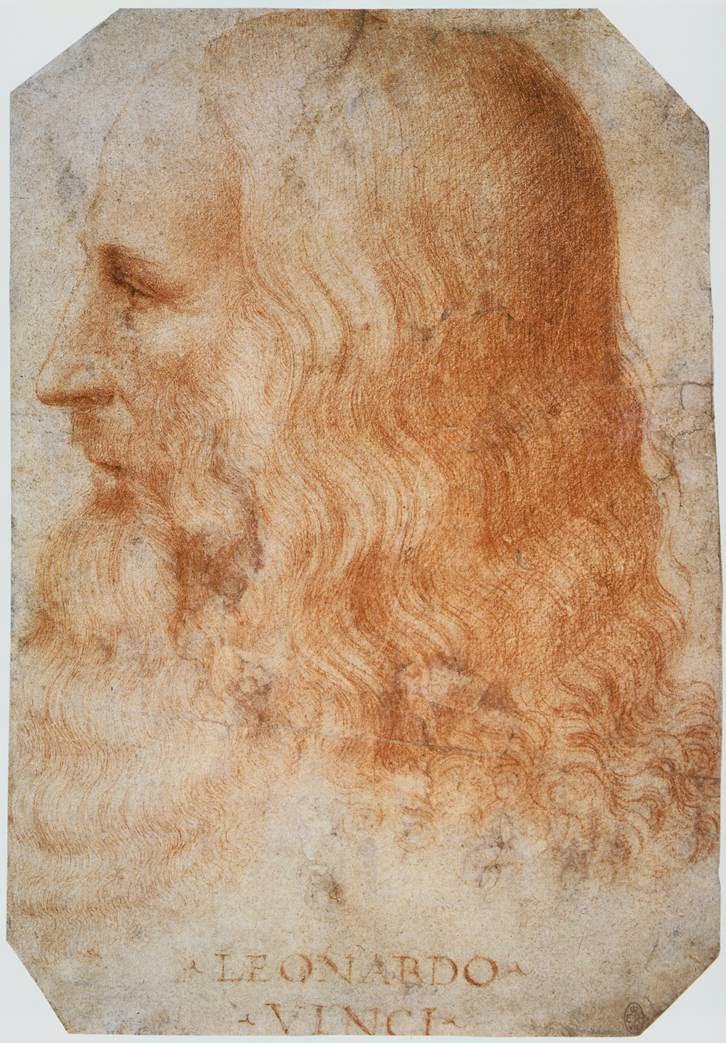
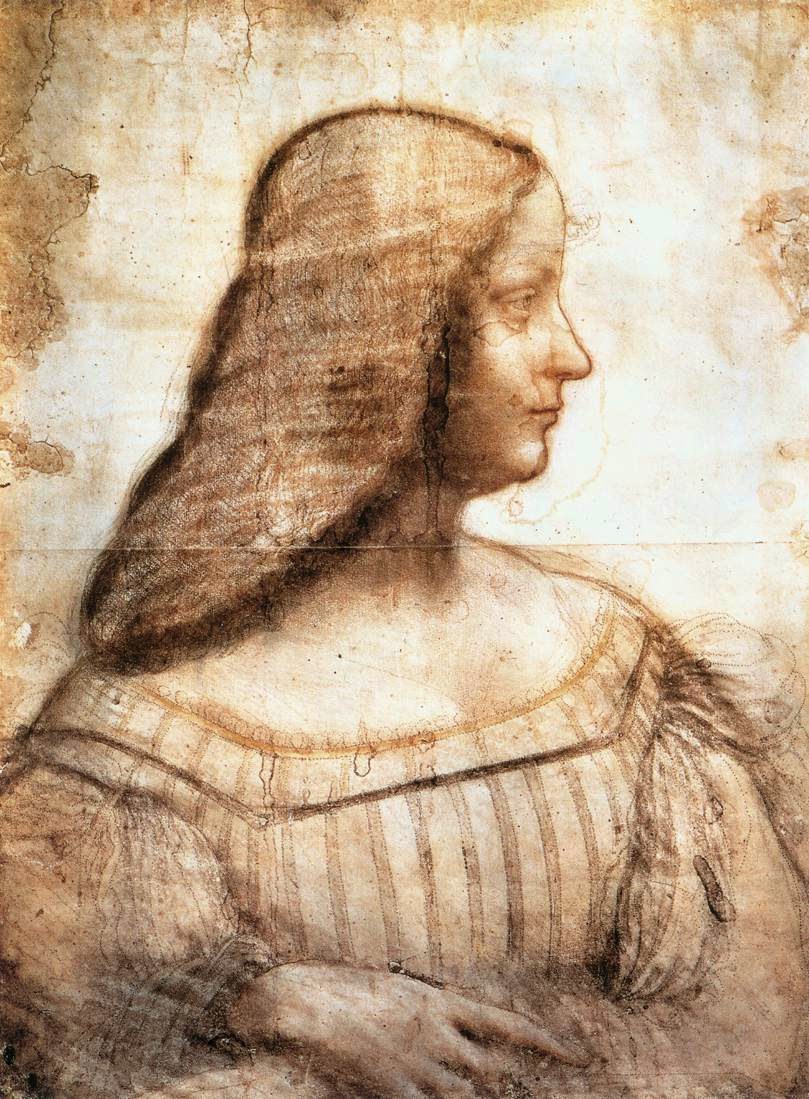
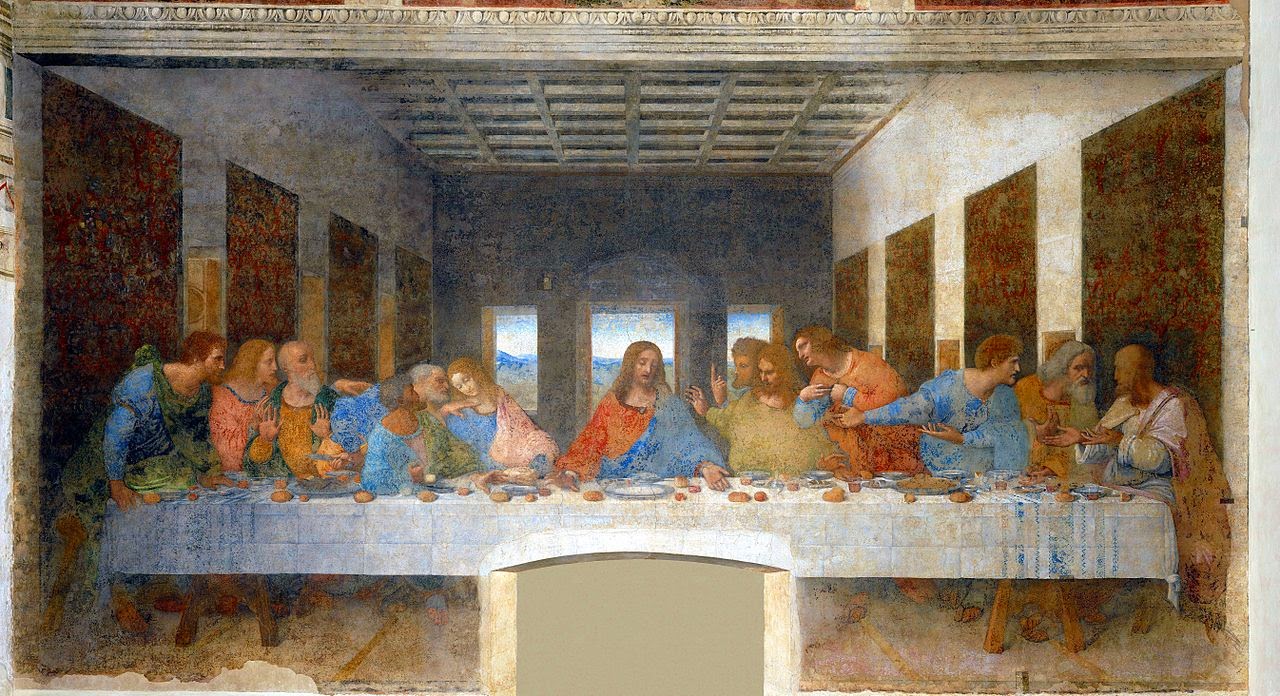
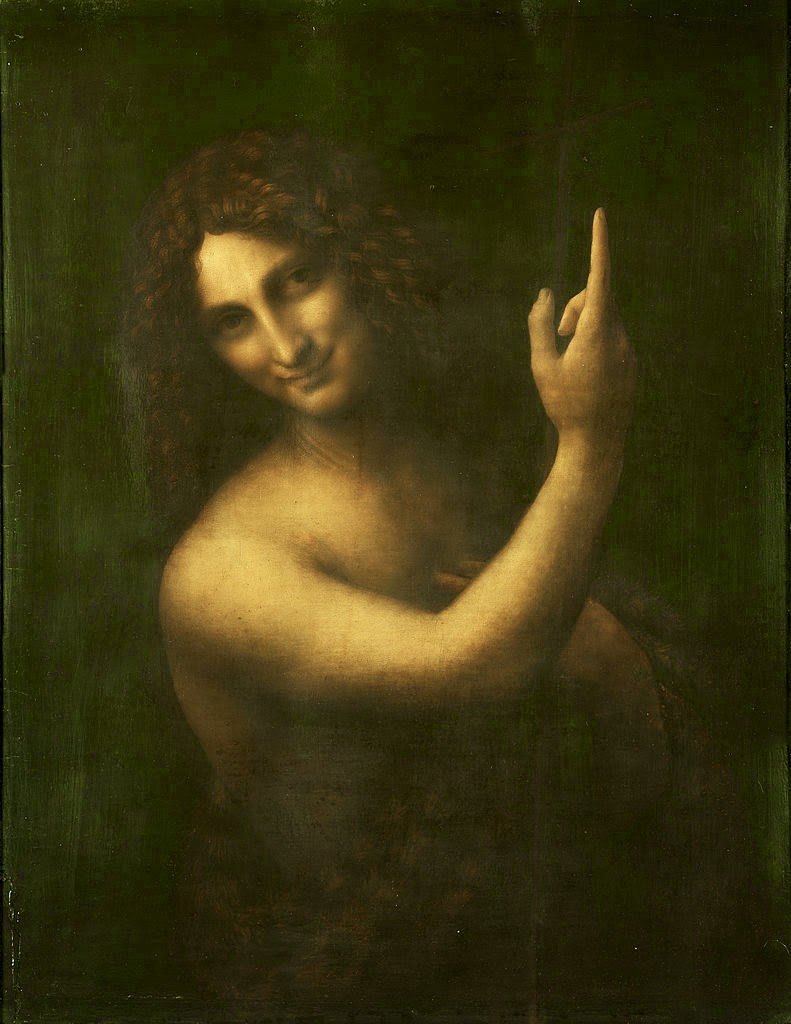
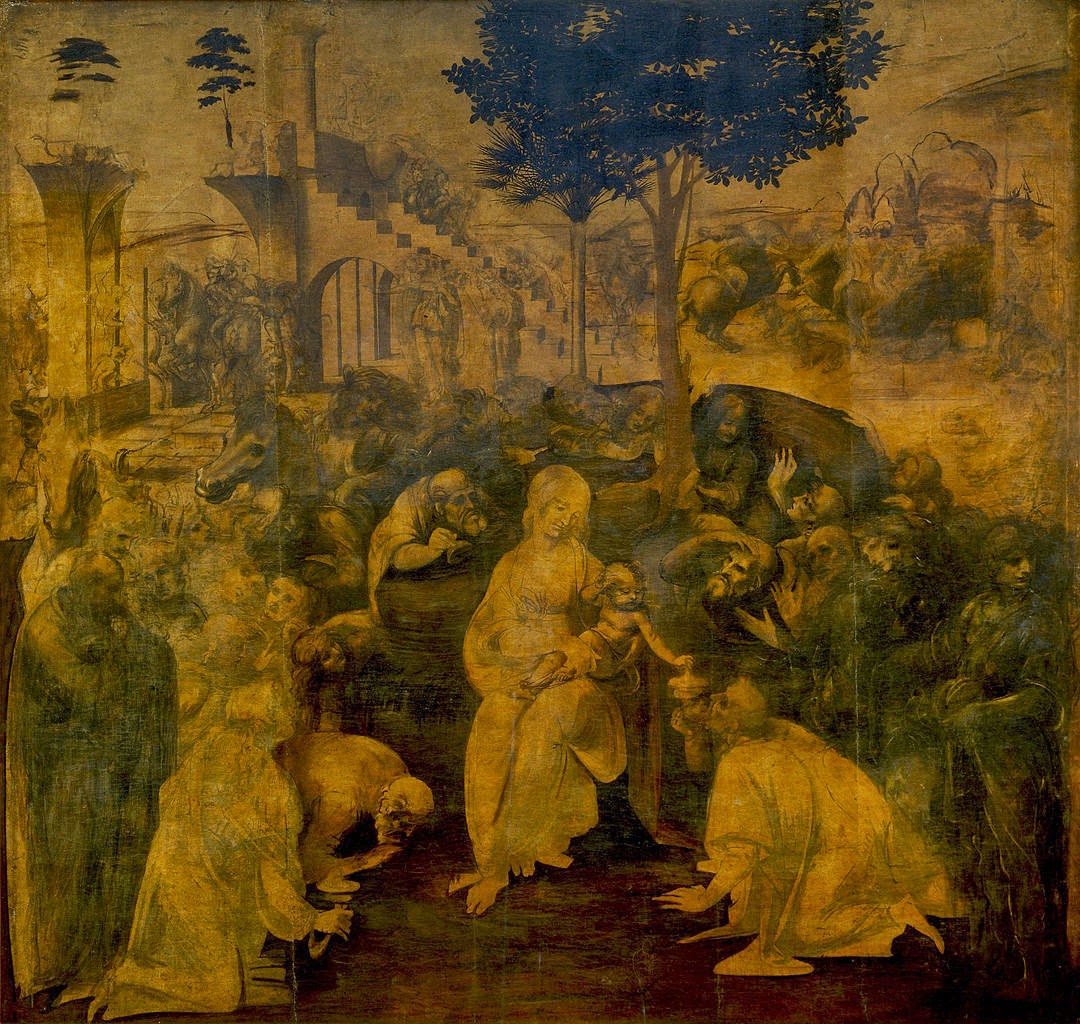
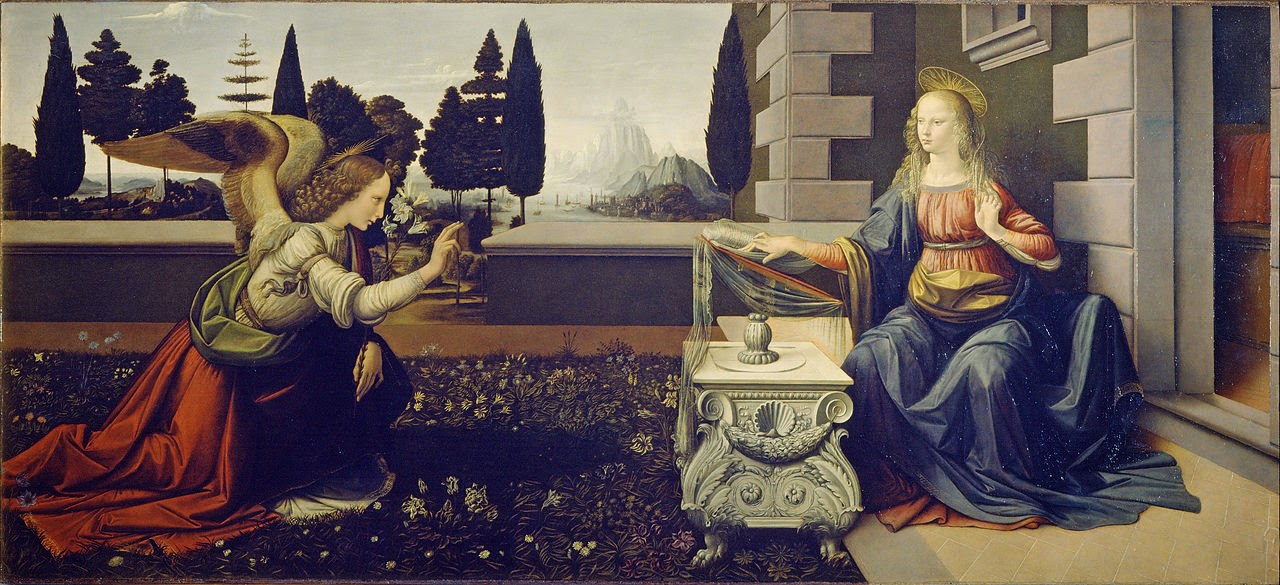
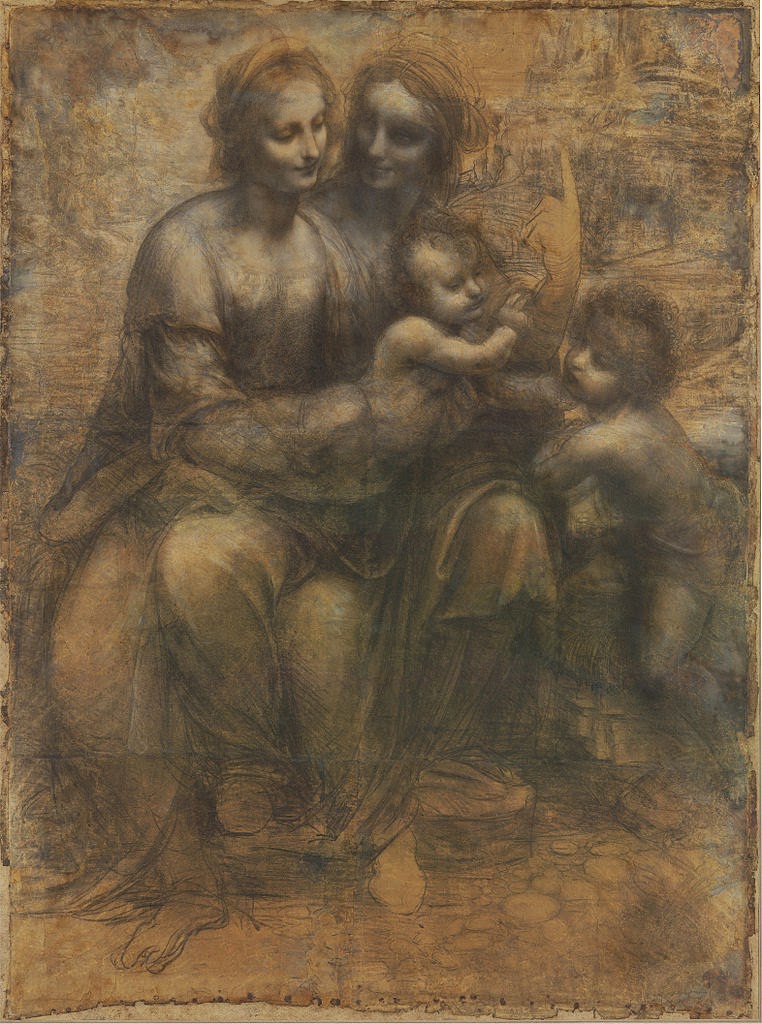
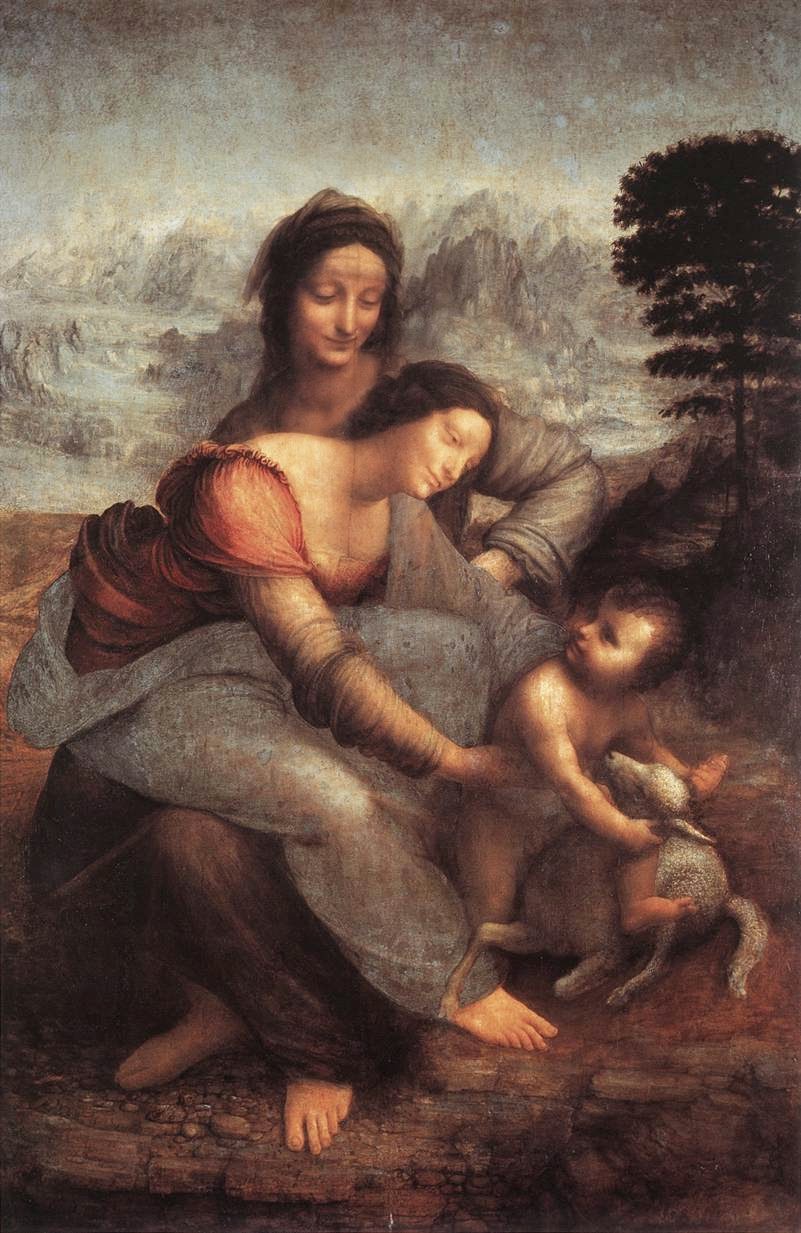

- Leonardo Da Vinci
SynopsisBorn on April 15, 1452, in Vinci, Italy, Leonardo da Vinci was concerned with the laws of science and nature, which greatly informed his work as a painter, sculptor, inventor and draftsmen. His ideas and body of work -- which includes...
- Walter Pater
Life and works Born in Stepney, England, Pater was the second son of Richard Glode Pater, a doctor, who had moved there in the early 1800s and practiced medicine among the poor. He died while Walter was an infant and the family moved to Enfield, where...
- >> Biography Of Vincent Van Gogh
Vincent Willem van Gogh ( 30 March 1853 – 29 July 1890 ) was a major Post-Impressionist painter. He was a Dutch artist whose work had a far-reaching influence on 20th-century art. His output includes portraits, self portraits, landscapes and still...
- >> Biography Of Pierre Auguste Renoir
Pierre-Auguste Renoir, commonly known as Auguste Renoir ( 25 February 1841 – 3 December 1919 ), was a French artist who was a leading painter in the development of the Impressionist style. As a celebrator of beauty, and especially feminine sensuality,...
- >> Biography Of Edvard Munch
Edvard Munch ( 12 December 1863 – 23 January 1944 ) was a Norwegian painter and printmaker whose intensely evocative treatment of psychological themes built upon some of the main tenets of late 19th-century Symbolism and greatly influenced German Expressionism...
Biography
>> Biography of Leonardo da Vinci

Leonardo di ser Piero da Vinci ( 15 April 1452 – 2 May 1519 ) was an Italian polymath, painter, sculptor, architect, musician, mathematician, engineer, inventor, anatomist, geologist, cartographer, botanist, and writer. He is widely considered to be one of the greatest painters of all time and perhaps the most diversely talented person ever to have lived. His genius, perhaps more than that of any other figure, epitomized the Renaissance humanist ideal. Leonardo has often been described as the archetype of the Renaissance Man, a man of "unquenchable curiosity" and "feverishly inventive imagination". According to art historian Helen Gardner, the scope and depth of his interests were without precedent and "his mind and personality seem to us superhuman, the man himself mysterious and remote". Marco Rosci states that while there is much speculation about Leonardo, his vision of the world is essentially logical rather than mysterious, and that the empirical methods he employed were unusual for his time.
Born out of wedlock to a notary, Piero da Vinci, and a peasant woman, Caterina, in Vinci in the region of Florence, Leonardo was educated in the studio of the renowned Florentine painter Verrocchio. Much of his earlier working life was spent in the service of Ludovico il Moro in Milan. He later worked in Rome, Bologna and Venice, and he spent his last years in France at the home awarded him by Francis I.
Leonardo was, and is, renowned primarily as a painter. Among his works, the Mona Lisa is the most famous and most parodied portrait and The Last Supper the most reproduced religious painting of all time, with their fame approached only by Michelangelo's The Creation of Adam. Leonardo's drawing of the Vitruvian Man is also regarded as a cultural icon, being reproduced on items as varied as the euro coin, textbooks, and T-shirts. Perhaps fifteen of his paintings have survived, the small number because of his constant, and frequently disastrous, experimentation with new techniques, and his chronic procrastination. Nevertheless, these few works, together with his notebooks, which contain drawings, scientific diagrams, and his thoughts on the nature of painting, compose a contribution to later generations of artists rivalled only by that of his contemporary, Michelangelo.
Leonardo is revered for his technological ingenuity. He conceptualised flying machines, an armoured vehicle, concentrated solar power, an adding machine, and the double hull, also outlining a rudimentary theory of plate tectonics. Relatively few of his designs were constructed or were even feasible during his lifetime, ut some of his smaller inventions, such as an automated bobbin winder and a machine for testing the tensile strength of wire, entered the world of manufacturing unheralded. He made substantial discoveries in anatomy, civil engineering, optics, and hydrodynamics, but he did not publish his findings and they had no direct influence on later science.
>> Complete Biography of Leonardo da Vinci
Some Artworks of Leonardo da Vinci

Leonardo da Vinci, Mona Lisa, 189.5 × 120 cm, oil on poplar wood, 1503 - 1506, Musée du Louvre, Paris

Francesco Melzi, Portrait of Leonardo, 27cm x 19cm, red chalk on paper, 1493 - 1570, Royal Library, Windsor

Leonardo da Vinci, Isabella d'Este, 63 cm x 46 cm, Black and red chalk, yellow pastel chalk on paper, 1500, Musée du Louvre, Paris

Leonardo da Vinci, Last supper, tempera on gesso, pitch and mastic, 1495-1498

Leonardo da Vinci, Saint John the Baptist, 69 × 57 cm, oil on panel, 1513 - 1516, Musée du Louvre, Paris

Leonardo da Vinci, The Adoration of the Magi, 243 cm x 246 cm, oil and tempera on panel, 1480 - 1482, Galleria degli Uffizi, Florence

Leonardo da Vinci, The Annunciation, 98 × 217 cm, oil on panel, 1452–1519, Galleria degli Uffizi, Florence

Leonardo da Vinci, The Virgin and Child with Saint Anne and Saint John the Baptist, 141.5 x 104.6 cm, oil on poplar wood, 1499 - 1500, National Galle

Leonardo da Vinci, The Virgin and Child with St. Anne, 189.5 × 120 cm, oil on poplar wood, 1500 - 1513, Musée du Louvre, Paris

Leonardo da Vinci, Virgin of the Rocks, 189.5 × 120 cm, oil on poplar wood (cradled panel), 1491 - 1508, National Gallery, London
- Leonardo Da Vinci
SynopsisBorn on April 15, 1452, in Vinci, Italy, Leonardo da Vinci was concerned with the laws of science and nature, which greatly informed his work as a painter, sculptor, inventor and draftsmen. His ideas and body of work -- which includes...
- Walter Pater
Life and works Born in Stepney, England, Pater was the second son of Richard Glode Pater, a doctor, who had moved there in the early 1800s and practiced medicine among the poor. He died while Walter was an infant and the family moved to Enfield, where...
- >> Biography Of Vincent Van Gogh
Vincent Willem van Gogh ( 30 March 1853 – 29 July 1890 ) was a major Post-Impressionist painter. He was a Dutch artist whose work had a far-reaching influence on 20th-century art. His output includes portraits, self portraits, landscapes and still...
- >> Biography Of Pierre Auguste Renoir
Pierre-Auguste Renoir, commonly known as Auguste Renoir ( 25 February 1841 – 3 December 1919 ), was a French artist who was a leading painter in the development of the Impressionist style. As a celebrator of beauty, and especially feminine sensuality,...
- >> Biography Of Edvard Munch
Edvard Munch ( 12 December 1863 – 23 January 1944 ) was a Norwegian painter and printmaker whose intensely evocative treatment of psychological themes built upon some of the main tenets of late 19th-century Symbolism and greatly influenced German Expressionism...
